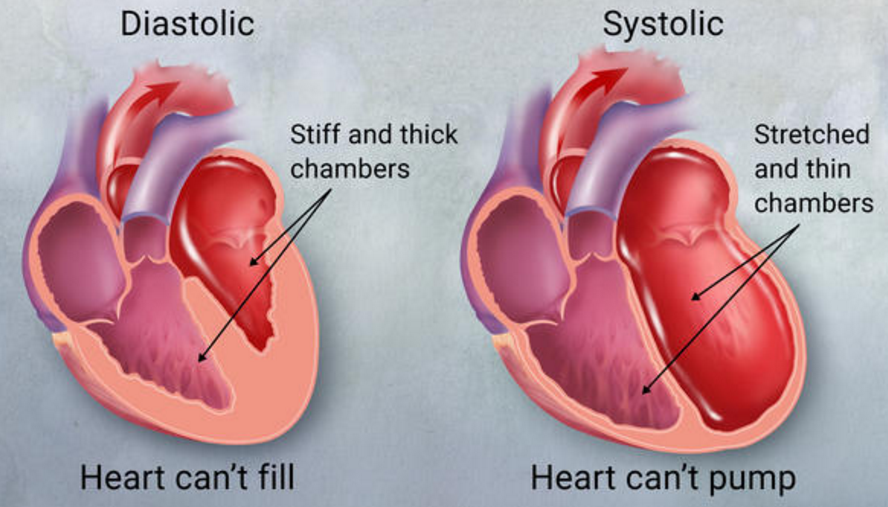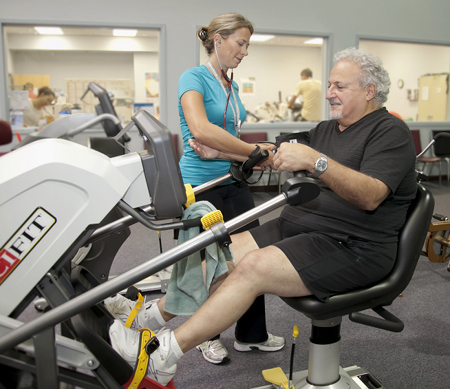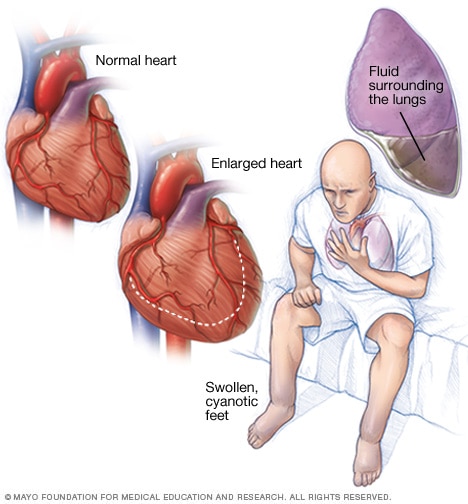
Geriatric
Special Patient Population
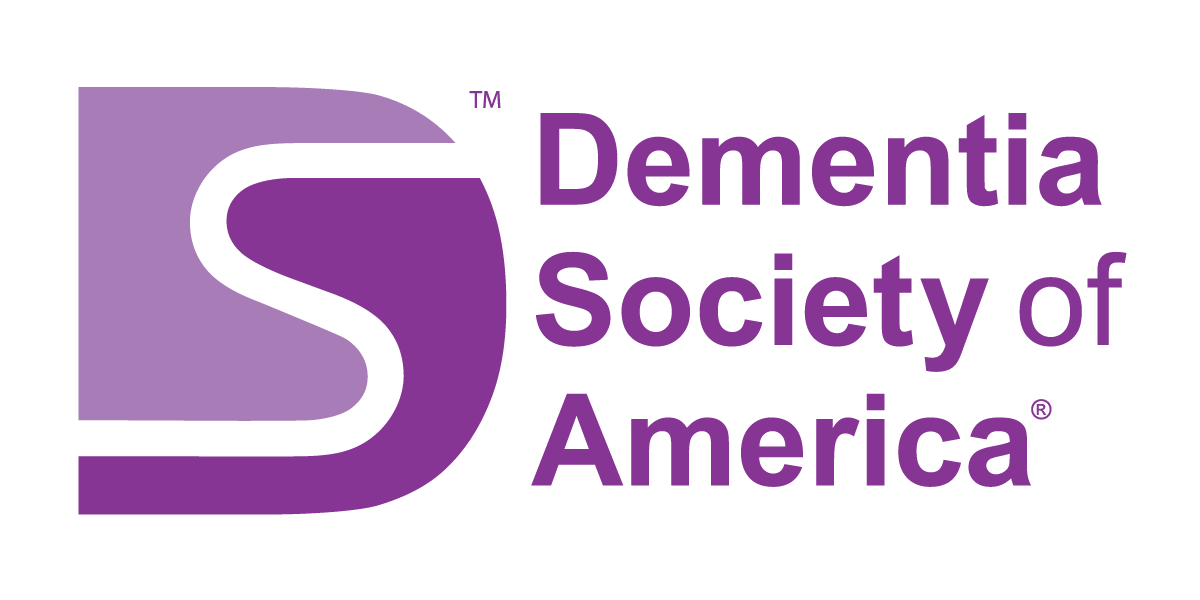
Dementia
What is it?
Dementia is caused by damage to or loss of nerve cells and their connections in the brain. However it affects people differently as it depends on the part of the brain that is affected by dementia. Dementia is a group of diseases that cause multiple symptoms affecting memory, thinking and social abilities that affect a person's daily activities. Dementia can be progressive. Dementia most commonly progresses to Alzheimer's disease. Some common signs and symptoms of cognitive changes are memory loss (noticed by loved ones or caregivers), difficulty communicating or finding words, difficulty with visual and spatial abilities (difficulty with directions may get lost), difficulty reasoning or problem-solving, difficulty handling complex tasks, difficulty with planning and organizing, difficulty with coordination and motor functions, confusion and disorientation. While physical changes are personality changes, depression, anxiety, inappropriate behavior, paranoia, agitation, and hallucinations.
How can PT help?
Physical therapy can help and areas of their treatment that are important is to keep the mind active, staying physically and socially active. This all will help delay the onset and progression of dementia. We can also help by assisting and educating the patient on the importance of quitting smoking, proper nutrition and to manage and maintain cardiovascular risk.

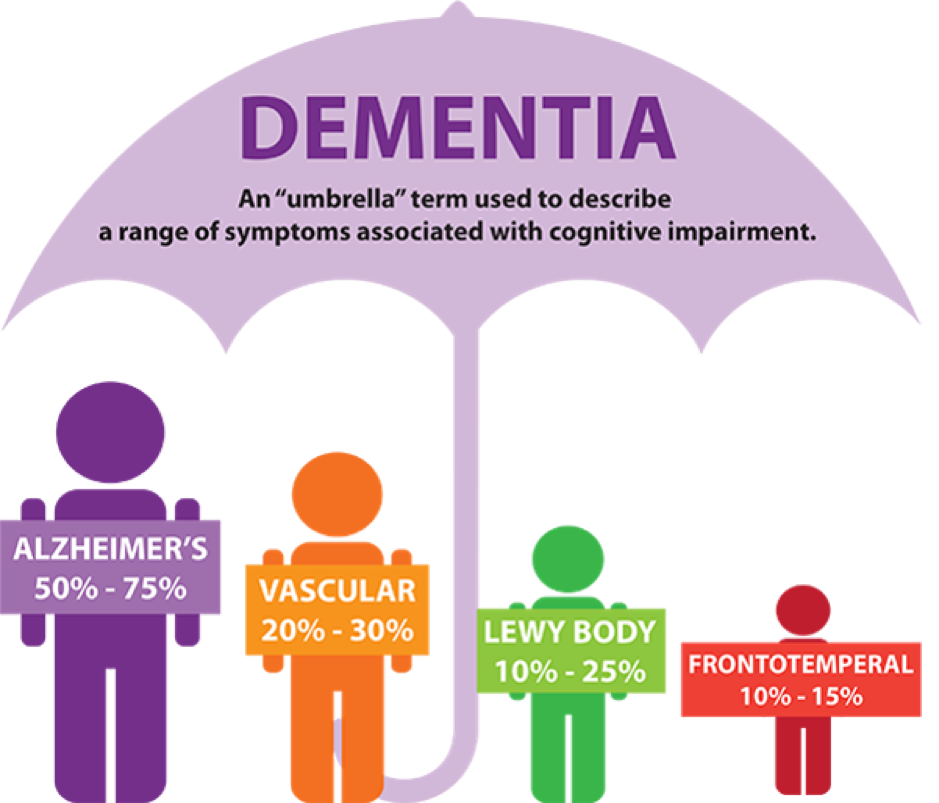
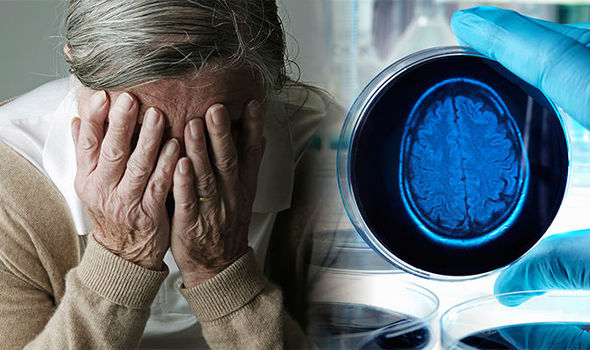
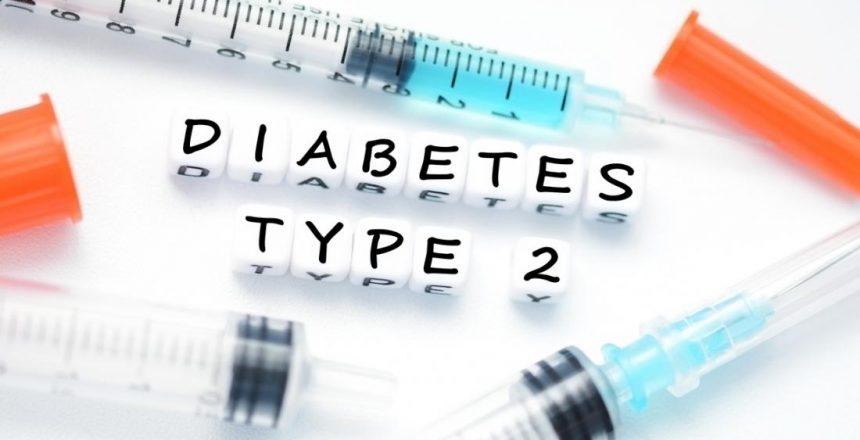
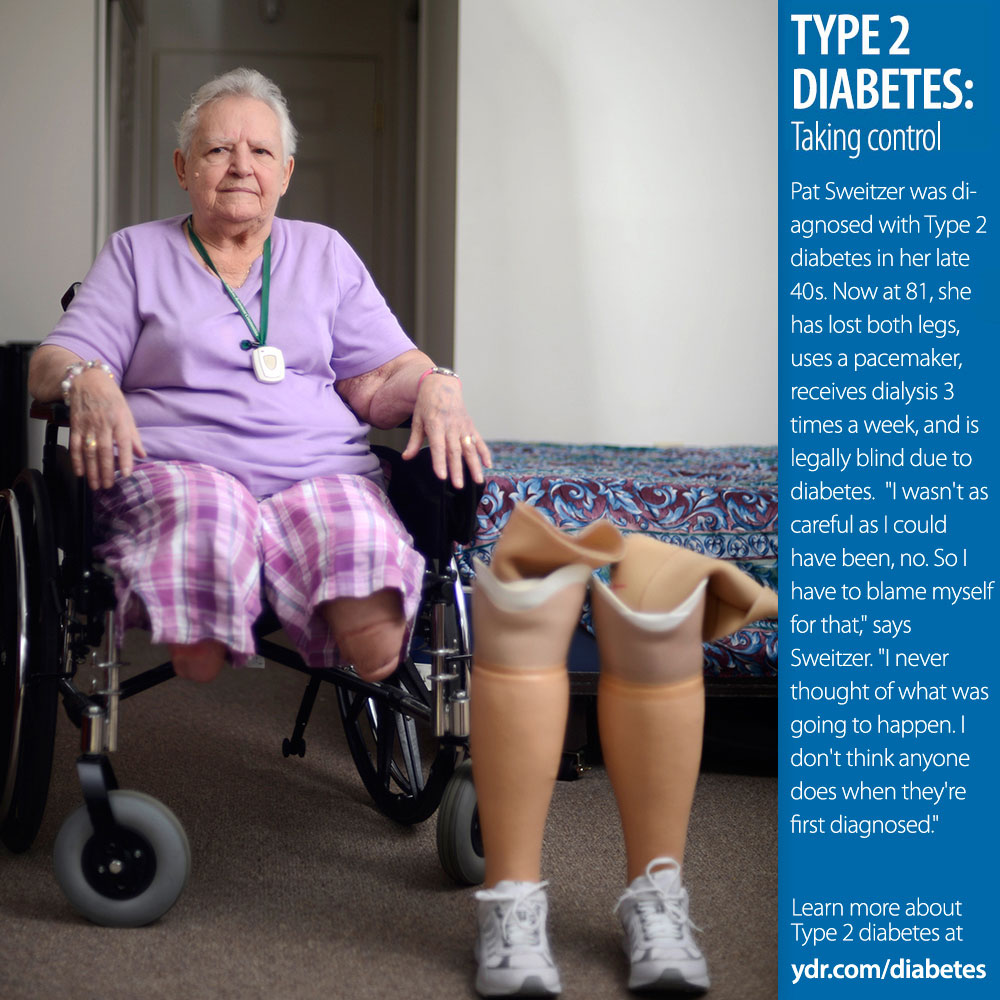
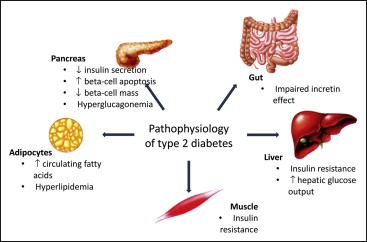

Diabetes Type 2
What is it?
Diabetes type 2 is when the cells in the body become resistant to insulin and this leaves the pancreas unable to make enough insulin to overcome the resistance. Diabetes type 2 can affect anyone at any age but it is most common in people above the age of 40 and is more common than diabetes type 1. It is believed to be that environmental factors play a role in developmenting diabetes type 2. There is a link to obesity being a factor however, not everyone with diabetes type 2 is overweight. A few signs and symptoms for both diabetes type 1 and type 2 are, increased thirst, frequent urination, extreme hunger, unexplained weight loss, Fatigue, irritability, blurred vision, and slow-healing sores. Diabetes type 2 may also cause numbness and tingling of the hands and feet.
How can PT help?
Physical therapy can help individuals with diabetes as it is important to keep these patients active with a minimum of 30 minutes of activity per day. It is important to keep a healthy weight, losing any excess weight. Educating the patient on health nutrition to control blood sugar levels. Also educating the patient on the importance of controlling diabetes as it can lead to many other health problems such as cardiovascular disease, nerve damage, kidney damage, eye damage, foot damage, skin conditions, hearing impairments, Alzheimer's disease (type 2), and depression.
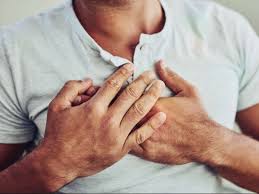
Congestive heart failure
What is it?
Congestive heart failure occurs when your heart muscle doesn't pump blood like it is supposed too. conditions, such as narrowed arteries in your heart (coronary artery disease) or high blood pressure, gradually leave your heart too weak or stiff to fill and pump efficiently. Over time, the heart can no longer keep up with the normal demands to pump blood to the rest of your body. Heart failure can affect the left side (left ventricle), right side (right ventricle) or both sides of the heart. Generally, heart failure begins with the left side. As the left ventricle is the heart's main pumping chamber.
signs and symptoms:
Shortness of breath (dyspnea) when you exert yourself or when you lie down
Fatigue and weakness
Swelling (edema) in your legs, ankles and feet
Rapid or irregular heartbeat
Reduced ability to exercise
Persistent cough or wheezing with white or pink blood-tinged phlegm
Increased need to urinate at night
Swelling of your abdomen (ascites)
Very rapid weight gain from fluid retention
Lack of appetite and nausea
Difficulty concentrating or decreased alertness
Sudden, severe shortness of breath and coughing up pink, foamy mucus
Chest pain if your heart failure is caused by a heart attack
How can PT help?
Physical therapy can help the patient make lifestyle changes such as exercising, reducing sodium in your diet, managing stress and losing weight can improve their quality of life. Educating on prevention of heart failure by preventing and controlling conditions that cause heart failure, such as coronary artery disease, high blood pressure, diabetes or obesity.
